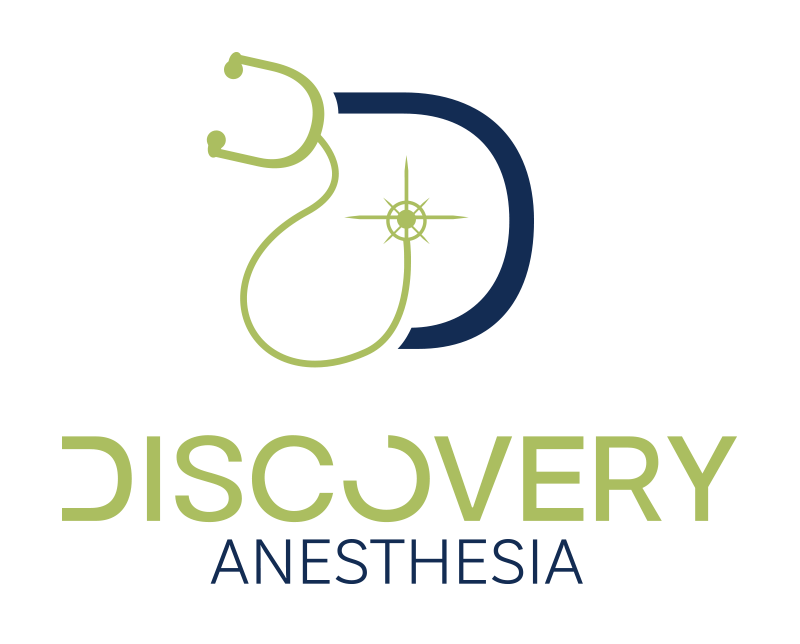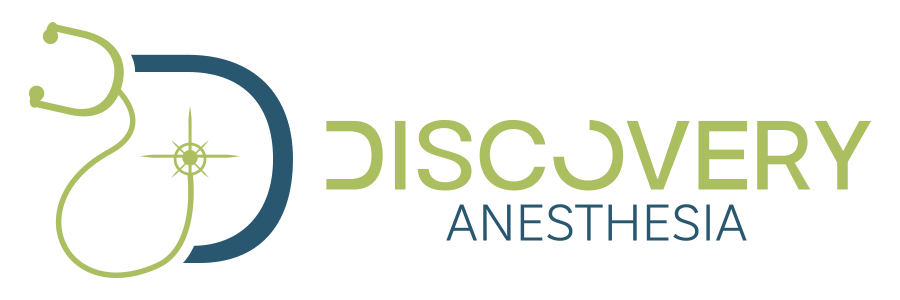“Excellent! Love the round tables.”
“Excellent CRNA owned company. Lectures were very interesting. Easy to get CEU credits…Will be using again next year!”
“I enjoyed the updated topics and round table discussions.”
“I liked the subjects that were covered in all the lectures. They were all very relevant to my practice.”
“Incredible service for providers! Great educational topics & ease of use! Highly recommend!”
“I like having a variety of speakers and the roundtable approach.”
“Great material!….Speedy turnaround on my credits!”
“Easy website to use…Made getting my CEU easy.”

READY TO enjoy the experience & The vacation
Whether you’re on a beach or in the comfort of your own home, Discovery Anesthesia is your destination for education. Join us today and unlock a world of endless learning possibilities!
5 EASY STEPS TO EARN YOUR CE CREDITS
SIGN UP
Provide your contact information and AANA number.
ACCESS DASHBOARD
After registering and logging in, your dashboard provides options to edit your profile, change your password, and view your certificate and receipt.
SELECT LECTURES
All lectures will be available for you to view, and you can watch in any order. Once you finish each presentation mark it as complete. Then you can choose to move on to another presentation.
TAKE EVALUATION
After each presentation, the evaluation will be provided below. Once you have finished the evaluation, mark it as complete.
COMPLETION
After viewing all the presentations, you will notice that the progress bar at the top of the course page is full. A button will then appear for you to receive your certificate. Simply click on the certificate button to download.
CURRENT LECTURES
Anesthesia for Minimally Invasive Cardiac Surgery
This lecture focuses on the anesthetic implication of minimally invasive cardiac surgery including the benefits of these procedures, perioperative evaluation, and needed anesthetic equipment and monitoring. It also looks in detail at anesthetic considerations for robotic assisted coronary artery bypass, TAVRs and Afib ablation procedures.
It’s Easy Being Green…Anesthesia Gases and Climate Change
This lecture discusses air pollution and climate change that is being affected by anesthetic waste gases that are released into our environment. It compares our commonly used gases and their impact on climate change. It also discusses how anesthesia providers can adjust their practice to minimize the negative consequences of anesthesia gases on the environment and climate change.
What We Say Matters: Positive Language in Anesthesia
Positive led conversation with a patient has been proven to influence how a patient perceives the experience in the operating room, level of patient anxiety and how they perceive pain. This lecture will guide the nurse anesthetist on how to change their language and create a more positive perioperative experience for the patient.
Demystifying the 12 Lead EKG- Part 1 and 2
This lecture will provide the nurse anesthetist with a step by step guide to analyze and interpret a 12 lead EKG. It gives a better understanding of how each lead views the heart so the learner can visualize how an EKG works. This lecture will also teach the learner how to identify and interpret characteristics of a 12 lead EKG.
Amniotic Fluid Embolism: Presentation and Management
An amniotic fluid embolus (AFE) is a devastating complication during obstetrical care. This lecture discusses the clinical presentation of an AFE along with anesthetic management, including pharmacologic resuscitation. It also reviews a case in which the CRNA encountered an AFE, how the case was managed and the outcome of the resuscitation.
Safe Induction Practice
In this lecture, we will discuss and review the pharmacology of the volatile agents used for mask induction and the pharmacokinetics and dosing of IV induction medications. We will also explore Xenon as a possible volatile anesthetic agent including the pharmacology and the pros and cons.
Let’s Party – Old and New Psychotropic Substances
This lecture will discuss old and new psychoactive substances that patients may be using. It will also discuss how the nurse anesthetist can test for and identify the patient that is currently using these substances. Anesthetic implications for a patient that is taking psychoactive substances will also be discussed along with how an anesthetic can be adjusted to safely care for these patients.
Focused Transthoracic Echocardiography: Perioperative Evaluation of the Unstable and High Risk Patients
This lecture will give a comprehensive review of transthoracic echocardiogram. It will discuss how to identify appropriate patients for use of TTE and appropriate applications for focused cardiac ultrasound views. A case study and current literature will be reviewed and applied to anesthetic practice.
The Latest on Maternal Morbidity and Mortality: What We are Learning About Hypertensive Disorders of Pregnancy
Many disparities exist in maternal care among underserved populations around the world. This lecture analyzes these disparities and the poor outcomes women may endure. It then identifies advances in obstetrics that can assist the nurse anesthetist in improving these outcomes, especially during hypertensive disorders of pregnancy.
Dexmedetomidine: The Superior Choice for Emergence Cough Prevention?
This lecture will cover how dexmedetomidine can improve patients’ emergence from anesthesia and their recovery experience. The pharmacological components of dexmedetomidine and all of the anesthetic implications will be reviewed.
Anticoagulants: Current Treatments for the Perioperative Patient
A comprehensive review of current anticoagulation agents and an introduction to newer medications will be reviewed. This lecture will discuss the implications these medications have on an anesthesia provider’s plan of care for the perioperative patient. It will also discuss the monitoring and reversal of anticoagulation medication if available. The focus of this content is patient safety with the administration of anesthetics and the appropriateness of patients undergoing the surgical procedure.
Upper Extremity Blocks
This lecture will highlight the use of upper extremity blocks and how they can benefit the patient. The appropriate surgeries, techniques, and landmarks are all discussed to give the learner a wealth of knowledge and confidence to apply this to their anesthetic.
You’ve Been Served
This lecture will focus on the components of a lawsuit and guide the nurse anesthetist in how to protect themselves if they are faced with litigation. This lecture will also review the AANA standards of care for office based anesthesia.
The Ramifications of Untreated and Poorly Treated Pain
Minimizing and/or eliminating pain is a major focus for the nurse anesthetist. This lecture details the physiology of pain and describes the physical and psychological effects that uncontrolled pain can have on a patient. It also provides techniques that can be implemented to manage acute and chronic pain.
Roundtable: Case Studies
This is a roundtable discussion reviewing three unique and intriguing case studies. The first lecture highlights the implications of nifedipine for a possible cause of a bradyarrhythmia during anesthetic induction. The second lecture presents a new technique for ventilating pediatrics during a bronchoscopy using a high-flow nasal cannula. The final topic will discuss the anesthetic implications of propofol frenzy and a possible treatment for the symptoms.
Everything I Learned About Ventilation I Learned After Graduation
This lecture discusses the issue of postoperative complications in various populations, including obesity and lung disease. It includes a detailed discussion about how oxygenation can be improved and postoperative pulmonary complication can be minimized with the protective ventilation settings found on newer ventilators.
Regional Anesthesia of the Chest and Abdomen The Realm of the Fascial Plane Block
This lecture will emphasize the techniques for truncal blocks for the perioperative patient. A comprehensive review of anatomy using ultrasound will be described to the learner. This lecture not only applies how truncal blocks are applicable to a variety of surgeries but also to acute trauma and pain management. The pharmacology of local anesthetics is discussed, and the risks and benefits of truncal blocks are identified.
Running for Public Office as a CRNA
This lecture will give insight on what it is like as a CRNA to be in a public office. It will also highlight specific considerations for those who are contemplating building a political profile. CRNAs have certain advantages and backgrounds that make them unique in the political arena, and this lecture will show how to use those to the fullest extent.
Musculoskeletal Diseases and Anesthesia
This lecture discusses how certain musculoskeletal diseases can impact an anesthetic and how the nurse anesthetist can develop an individualized anesthetic plan for patients with these diseases. It also discusses the pathophysiology of Malignant Hyperthermia and its relation to neuromuscular diseases.
Anesthesia Billing
Nurse Anesthetists have the advantage to work in a wide variety of settings, and their scope of practice affords them the autonomy to own their own business. With this opportunity comes great responsibility, and this lecture will highlight how to effectively set up billing for anesthesia services. Gain the knowledge of all aspects on how to bill for your services so that you can become a success.
Roundtable Literature Review
This is a round table discussion about four separate anesthesia articles. The topics discussed are medications to minimize the occurrence and/or severity of PTSD, the physiological effects of marijuana, Vitamin B-12s biomechanical mechanism of action and its treatment for vasoplegia and the pharmacological properties of Semiglutides related to NPO status.
Demystifying the 12 Lead EKG: Part 3 and 4
Continuing to evaluate 12 lead EKGs, we will now discuss deviations from a normal EKG. We will address barriers to monitoring EKGs in practice and offer suggestions on how to improve the anesthetist’s monitoring practice.
What’s New In Obstetrical Epidural
This lecture gives a comprehensive review of the anatomy and techniques related to epidural anesthesia. A comparison of newer versus traditional techniques is also critiqued. Epidural puncture with a 25 gauge needle will be highlighted and described for the learner. Dosing of specific local anesthetics will also be reviewed.
CRNA Seminars for Anesthesia Professionals
Exploration of Current Anesthesia Trends and Review
ORDER NOW
$500
Note: All fees associated with this course are non-refundable and non-transferable.

[email protected] | 313.474.1285
© 2025 Discovery Anesthesia. All Rights Reserved.
Brand + Site Design by Visual Caffeine

[email protected] | 313.474.1285
© 2025 Discovery Anesthesia. All Rights Reserved.
Brand + Site Design by Visual Caffeine

